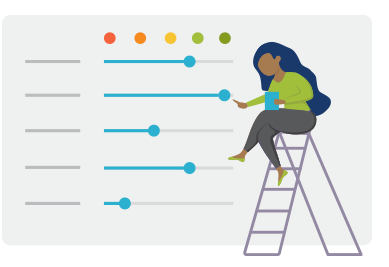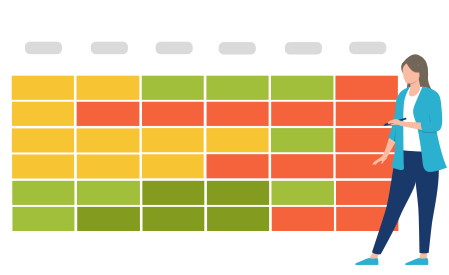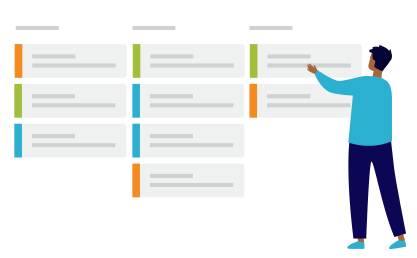When setting strategic goals and priorities for your organization, a Resource Manager or Project Manager can take some key steps to ensure success. There are many factors that can impact a project’s success, including budget, time, resources, employee availability, communication, organization and changing priorities. We will delve into each area and provide tactics to help projects achieve completion within your organization.











